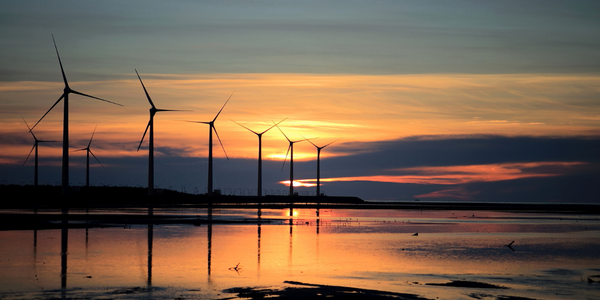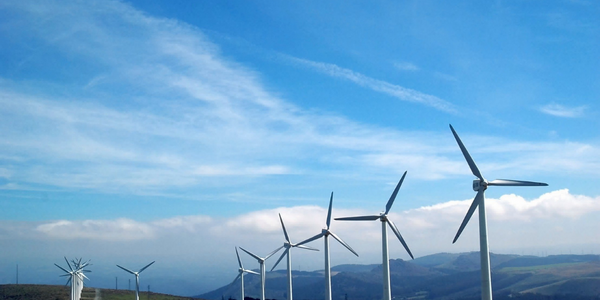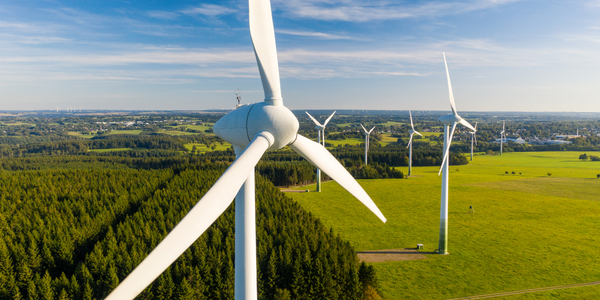Technology Category
- Infrastructure as a Service (IaaS) - Cloud Computing
- Sensors - Temperature Sensors
Applicable Industries
- Automotive
- Renewable Energy
Use Cases
- Leakage & Flood Monitoring
- Tank Level Monitoring
Services
- System Integration
About The Customer
Agder Energi is the third largest power producer in Norway, with an annual average production of 8.1 TWh. Located in Kristiansand, the company processes and manages renewable energy sources. Its main operations include the production, distribution, and sale of renewable energy and other energy-related services. Agder Energi is owned by the municipalities of Agder (54.5%) and Statkraft Holding (45.5%), and employs about 1,400 people. The company uses BizTalk Server to manage a complex system that processes about 200,000 transactions daily.
The Challenge
Agder Energi, one of the largest energy producers in Norway, was facing significant challenges in managing their complex system that processes about 200,000 transactions daily. They were using System Center Operations Manager (SCOM) to monitor their BizTalk Server environment, but found it more suited for infrastructure monitoring rather than application level monitoring. The team had to constantly monitor the environment and identify the root cause of problems when they occurred. For instance, if a system feeding data into BizTalk Server failed, it was a violation and the administration team needed to be notified. Additionally, there was no easy way to automate repeatedly used actions/tasks with SCOM. The team also had to adhere to strict policies to ensure the environment was healthy, which was proving to be a challenge with SCOM.
The Solution
Agder Energi turned to BizTalk360, a market leader in BizTalk server administration and monitoring, to help them overcome their challenges. BizTalk360 was chosen after careful evaluation by Agder's partner technical team and validation by the Agder team. One of the main reasons for choosing BizTalk360 was its rich Auto Healing capabilities, which significantly reduced the monotonous tasks performed on the BizTalk server environment, such as restarting stopped instances and enabling/disabling artifacts. BizTalk360 also provided instant notifications for any failure in the environment, shifting the team from reactive to proactive monitoring. The team also used the Process Monitoring feature to keep track of the expected versus actual status of the artifacts, and the Enterprise Service Bus (ESB) Portal functionality to view the ESB Exception messages and resubmit the messages. The Business Activity Monitoring (BAM) Portal was used to keep track of the activities.
Operational Impact
Quantitative Benefit

Case Study missing?
Start adding your own!
Register with your work email and create a new case study profile for your business.
Related Case Studies.

Case Study
Remote Monitoring & Predictive Maintenance App for a Solar Energy System
The maintenance & tracking of various modules was an overhead for the customer due to the huge labor costs involved. Being an advanced solar solutions provider, they wanted to ensure early detection of issues and provide the best-in-class customer experience. Hence they wanted to automate the whole process.

Case Study
Vestas: Turning Climate into Capital with Big Data
Making wind a reliable source of energy depends greatly on the placement of the wind turbines used to produce electricity. Turbulence is a significant factor as it strains turbine components, making them more likely to fail. Vestas wanted to pinpoint the optimal location for wind turbines to maximize power generation and reduce energy costs.

Case Study
Siemens Wind Power
Wind provides clean, renewable energy. The core concept is simple: wind turbines spin blades to generate power. However, today's systems are anything but simple. Modern wind turbines have blades that sweep a 120 meter circle, cost more than 1 million dollars and generate multiple megawatts of power. Each turbine may include up to 1,000 sensors and actuators – integrating strain gages, bearing monitors and power conditioning technology. The turbine can control blade speed and power generation by altering the blade pitch and power extraction. Controlling the turbine is a sophisticated job requiring many cooperating processors closing high-speed loops and implementing intelligent monitoring and optimization algorithms. But the real challenge is integrating these turbines so that they work together. A wind farm may include hundreds of turbines. They are often installed in difficult-to-access locations at sea. The farm must implement a fundamentally and truly distributed control system. Like all power systems, the goal of the farm is to match generation to load. A farm with hundreds of turbines must optimize that load by balancing the loading and generation across a wide geography. Wind, of course, is dynamic. Almost every picture of a wind farm shows a calm sea and a setting sun. But things get challenging when a storm goes through the wind farm. In a storm, the control system must decide how to take energy out of gusts to generate constant power. It must intelligently balance load across many turbines. And a critical consideration is the loading and potential damage to a half-billion-dollar installed asset. This is no environment for a slow or undependable control system. Reliability and performance are crucial.

Case Study
Remote Monitoring and Control for a Windmill Generator
As concerns over global warming continue to grow, green technologies are becoming increasingly popular. Wind turbine companies provide an excellent alternative to burning fossil fuels by harnessing kinetic energy from the wind and converting it into electricity. A typical wind farm may include over 80 wind turbines so efficient and reliable networks to manage and control these installations are imperative. Each wind turbine includes a generator and a variety of serial components such as a water cooler, high voltage transformer, ultrasonic wind sensors, yaw gear, blade bearing, pitch cylinder, and hub controller. All of these components are controlled by a PLC and communicate with the ground host. Due to the total integration of these devices into an Ethernet network, one of our customers in the wind turbine industry needed a serial-to-Ethernet solution that can operate reliably for years without interruption.

Case Study
Integral Plant Maintenance
Mercedes-Benz and his partner GAZ chose Siemens to be its maintenance partner at a new engine plant in Yaroslavl, Russia. The new plant offers a capacity to manufacture diesel engines for the Russian market, for locally produced Sprinter Classic. In addition to engines for the local market, the Yaroslavl plant will also produce spare parts. Mercedes-Benz Russia and his partner needed a service partner in order to ensure the operation of these lines in a maintenance partnership arrangement. The challenges included coordinating the entire maintenance management operation, in particular inspections, corrective and predictive maintenance activities, and the optimizing spare parts management. Siemens developed a customized maintenance solution that includes all electronic and mechanical maintenance activities (Integral Plant Maintenance).








